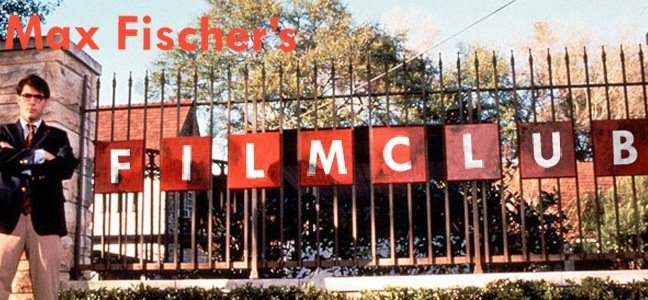In the midst of social upheaval and a country in the grip of change, I settled down to watch one of last summer’s blockbusters which I missed the first time around at the cinema – GI Joe. By miss I actually mean strenuously avoided until someone I met recently gave it a hearty endorsement, triggering in me a perverse desire to seek it out. Apart from the all too obvious monetary benefits, I find it really bizarre that Hollywood has now started to produce films based on childhood toy favourites. The term ‘brand aware’ gets banded around as the chief selling point, but it’s not like I still have a real curiosity to see to my old playthings get a feature film makeover. Unlike a book adaptation, I couldn’t imagine watching these films and thinking that characters didn’t translate to screen as well as I would have imagined when I once played with them - that disappointingly, the same nuances and behaviour I projected on them as a seven year-old hadn’t quite been captured by the filmmakers (although I think that was probably achieved with GI Joe actually).
Unsurprisingly, the film turned out pretty much how I expected. Still, partially at least, it managed to entertain under the old ‘so bad, it’s entertaining’ adage. It’s both a homage to and recreation of the terrible 80’s action flicks that, as a youth, I happily splurged my pocket money on at the video shop. Perhaps surprisingly though, there’s more of a dumbed-down feeling here. Plot exposition reaches new and exhaustive levels, where every character feels the need to explain every piece of action unfolding right in from of their (and our) eyes. It’s like an alternative, spoken version of the hard-of-hearing sign language guides you sometimes see at the bottom of the screen on late-night TV programmes. The characters enter a hanger which clearly houses a huge jet, filling the frame - someone proclaims there is a jet in front of them. The good guys wonder which iconic Parisian landmark the bad guys are planning on destroying as a prolonged shot (at six seconds, making it the longest in the film) of the Eiffel Tower lingers in the background. Weird little throwaway flashbacks are used too, as some kind of attempt at building character’s back stories and motivations. This includes a series of mini Kill Bill-esque scenes, featuring the origin, training and eventual betrayal between two warring ninjas, all roughly amounting up to a minute and a half of screen time. I also loved the flashback to The Duke (Channing Tatum) with his sweetheart, before her traitorous actions tear them apart (everyone is double-crossing every other character in this film). The scene has the two of them dancing to the jive in some old ballroom, while he’s wearing an old-fashioned GI outfit. It looks like something from a 50’s wartime melodrama and is completely and hilariously at odds with the rest of the film’s pseudo-futuristic look.
With the exception of Tatum who thinks he’s in Platoon 2, everyone involved appears utterly aware of that they are making. When you have a serious indie actor like Joseph Gordon Lovett (playing Cobra Commander) shamelessly mugging to the camera so much so, that he never looks like he’s taking one shred of it seriously, you know the kind of tone this film is aiming for. There’s a scene with Dennis Quaid, leader of Joes delivering the stirring, call-to-arms speech to his team, with a distractingly obvious and knowing smile plastered across his face throughout. You can imagine him saying “this has to be the take used, right?” immediately after cut has been yelled. In fact, every actor looks like they’re on the cusp of bursting into fits of laughter most of the time, especially during the more ‘emotional’ scenes. Given all this, it’s pretty difficult to inflict too much criticism.
Maybe this film is an example of the literal infantilisation of Hollywood, with director Steven Sommers applying the theory that it’s all just an extension of the box of toys he possessed as a child, playing with the actors the same way as he did with those pieces of moulded plastic with poseable limbs. I can see him now hunched over his monitor, thumb in mouth, receiving a friendly child-like ruffle of his hair from the actors and DOP after a take.
When you think of the money he had at his disposal and that literally within the space of a couple of months, this was churned out by the same studio which made Star Trek, it begins to get a little worrying. There will always be people arguing that it’s a film based on a toy range, so what’s to be expected? This is true to a certain extent, but as this has also been obviously pitched to a nostalgic, older male demographic, that excuse is a huge copout really. Still, if this is what filmmakers and studio accept as good product from which you can also reap huge financial rewards, then there’s hope for all aspiring film-makers out there, from ages 6+ onwards.
Subscribe to:
Post Comments (Atom)





No comments:
Post a Comment